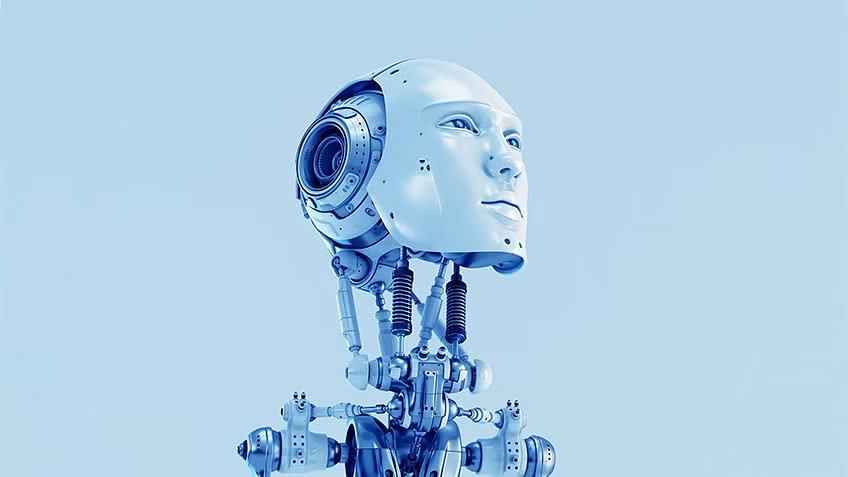
Pros and Cons of Generative AI
Generative AI has revolutionized the way we approach creativity and problem-solving across industries. By leveraging advanced machine learning techniques, generative AI models can create new content, ranging from realistic images and coherent text to music and innovative designs. However, as with any transformative technology, generative AI comes with its own set of benefits and challenges.
In this article, we will delve into the advantages and drawbacks of generative AI, providing a balanced perspective on its potential and limitations. Whether you’re a tech enthusiast, a business leader, or simply curious about AI, this guide will help you better understand the implications of this groundbreaking technology. Let’s explore!
Read Also: Key Working Principles of Generative AI
Pros of Generative AI
- Creativity and Novelty: Generative AI enables the creation of new and unique content, whether it’s images, music, or text. It can generate innovative and original outputs that may not have been created otherwise.
- Automation and Efficiency: Generative AI automates the process of content creation, saving time and resources. It can generate large volumes of content quickly and efficiently, assisting in tasks like data augmentation, content generation, and design exploration.
- Personalization and Customization: Generative models can be trained on specific data or preferences, allowing for personalized recommendations, tailored content, and customized user experiences.
- Exploration and Inspiration: Generative AI can inspire artists, designers, and writers by generating diverse variations, exploring creative possibilities, and serving as a starting point for further creative exploration.
Cons of Generative AI
- Ethical Concerns: Generative AI raises ethical concerns, particularly regarding the misuse of synthetic media, deepfakes, and potential infringement of intellectual property rights. It requires careful consideration and responsible usage to avoid malicious or deceptive applications.
- Lack of Control: Generative models can produce outputs that are difficult to control or fine-tune to specific requirements. The generated content may not always meet the desired expectations or adhere to specific guidelines.
- Dataset Bias and Generalization: Generative models heavily rely on the training data they are exposed to. If the training data is biased or limited, the generated outputs may inherit those biases or struggle with generalizing to unseen scenarios.
- Computational Resources and Complexity: Training and deploying generative models can be computationally intensive and require significant resources, including high-performance hardware and substantial training times. Implementing and maintaining these models can be complex and resource-demanding.
- Quality and Coherence: While generative models have made significant progress, they may still struggle with producing outputs that consistently exhibit high quality, coherence, and contextual relevance. Fine-tuning and careful model selection may be necessary to achieve desired results.
Conclusion
Generative AI is a groundbreaking tool that drives innovation and creativity, offering benefits like task automation and productivity boosts. However, challenges such as ethics, data privacy, and misuse must be addressed. Responsible use, transparency, and regulation are vital to ensuring generative AI evolves as a positive force for industries and society alike.

